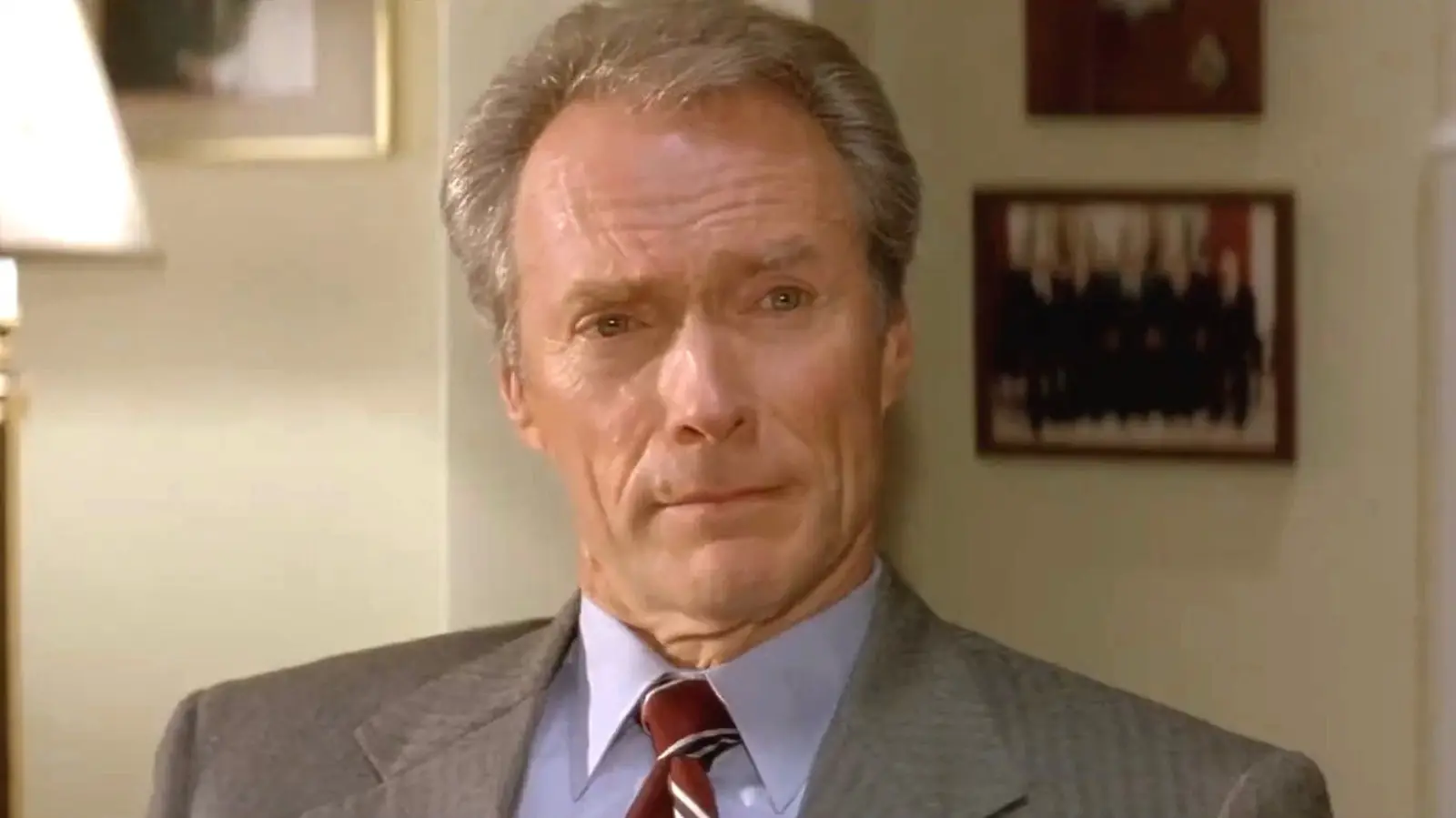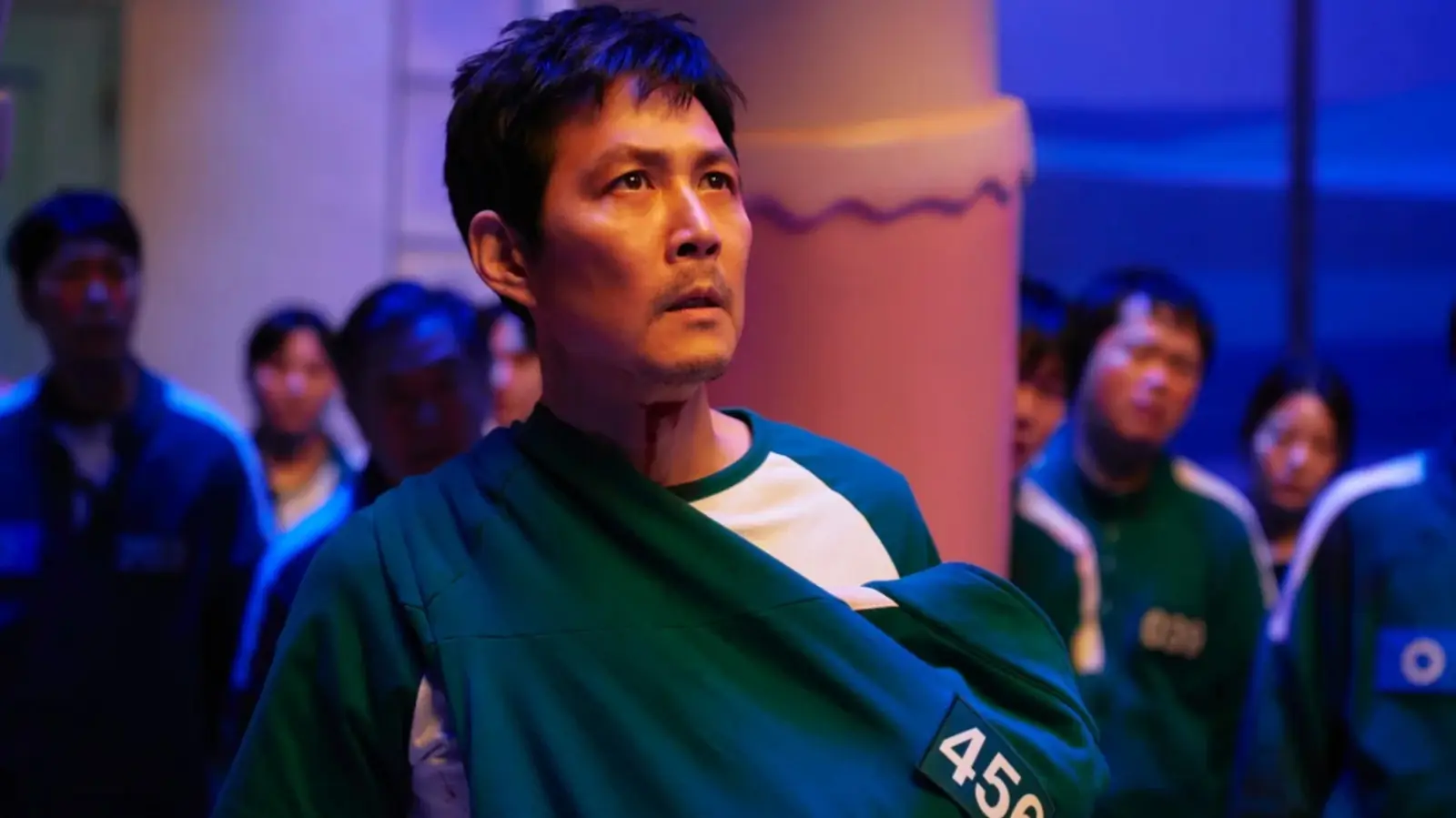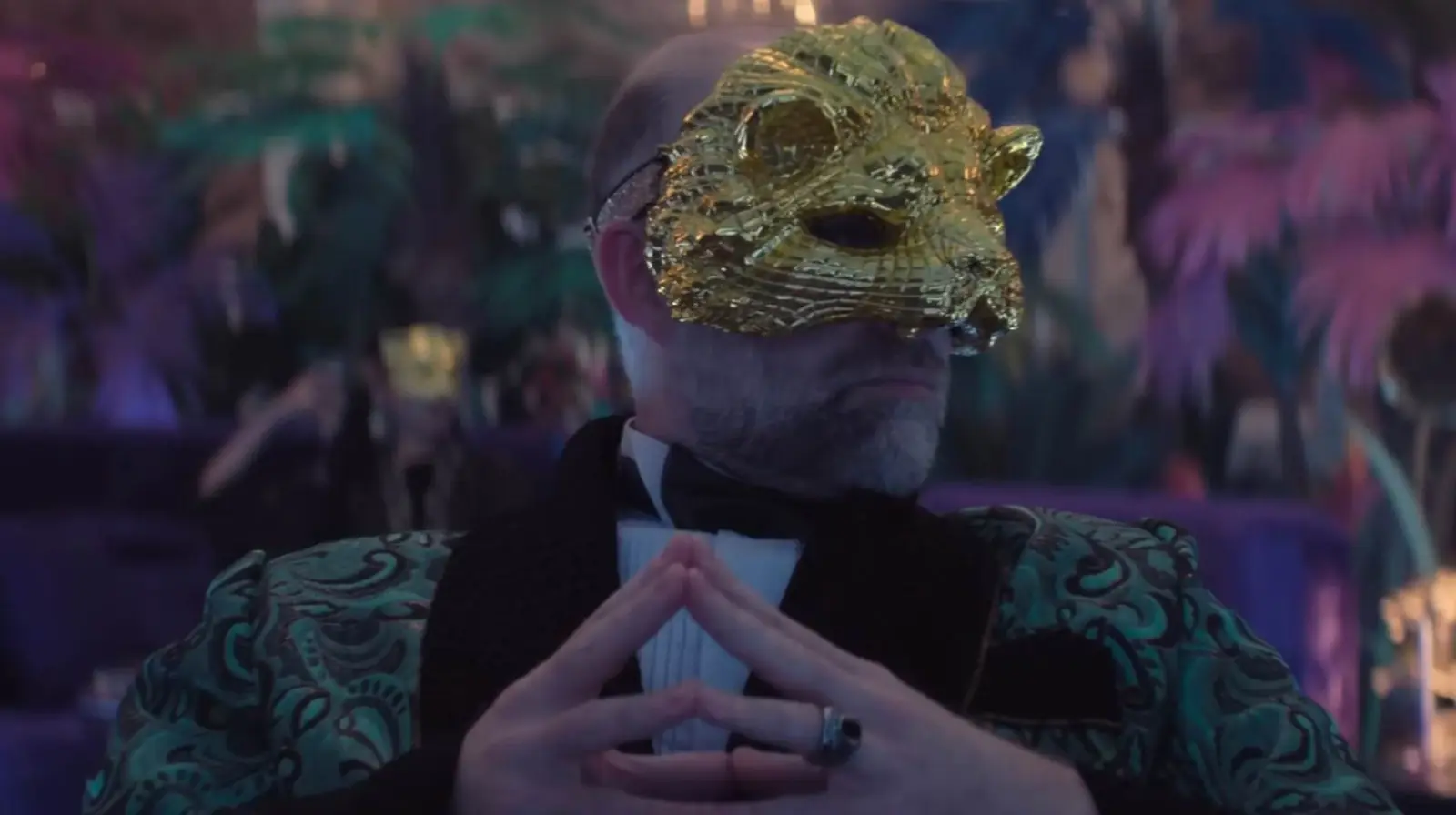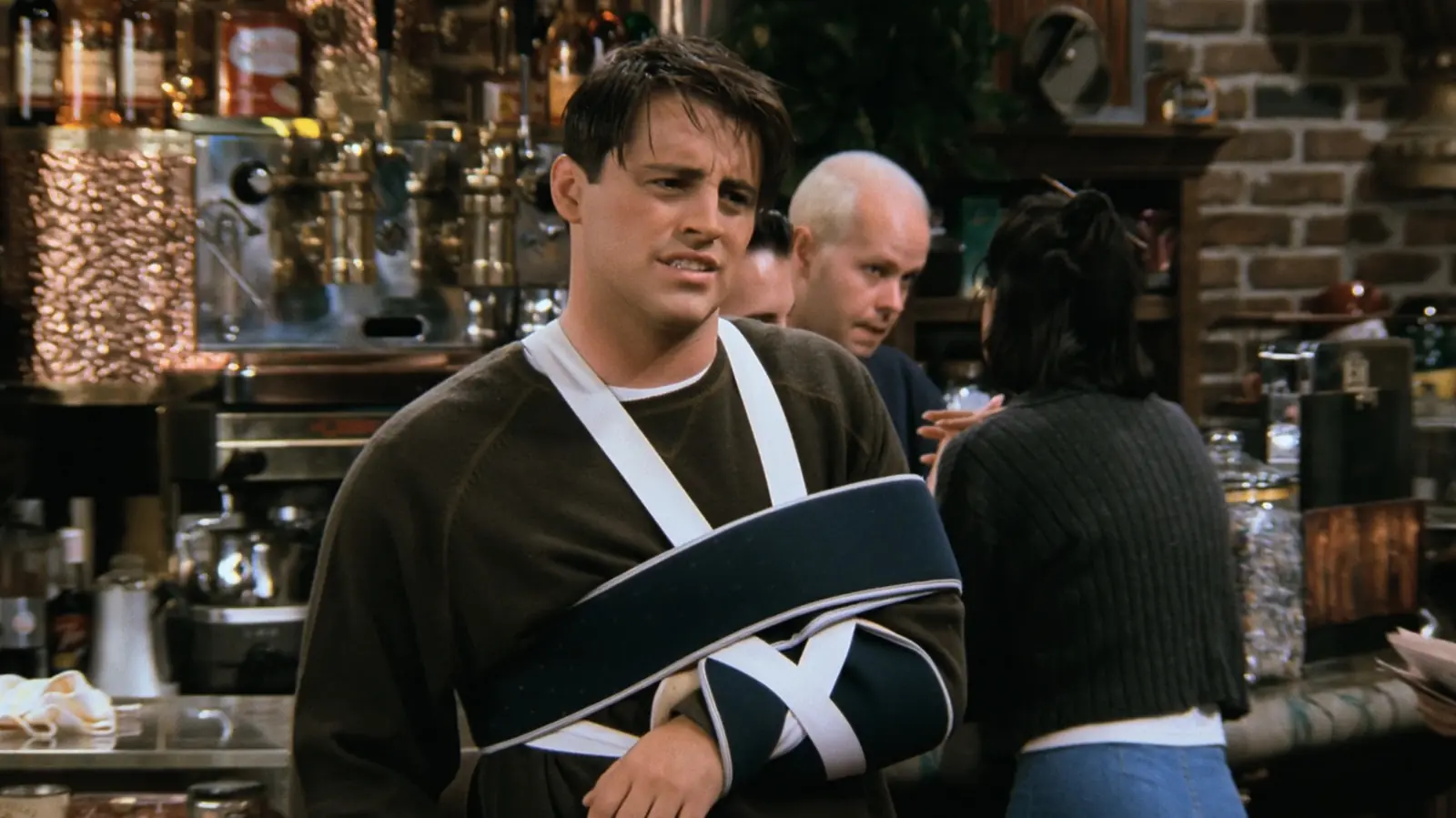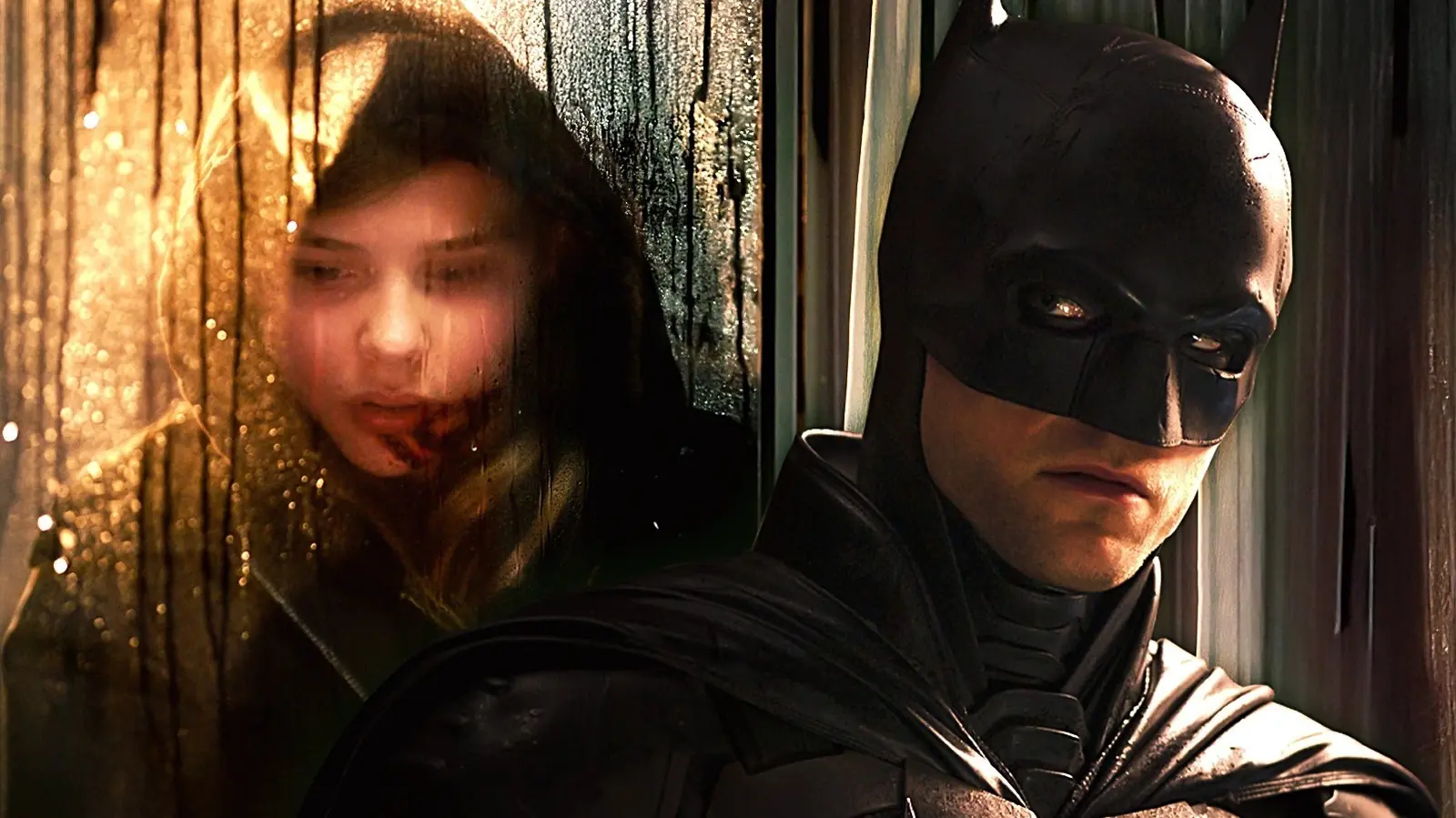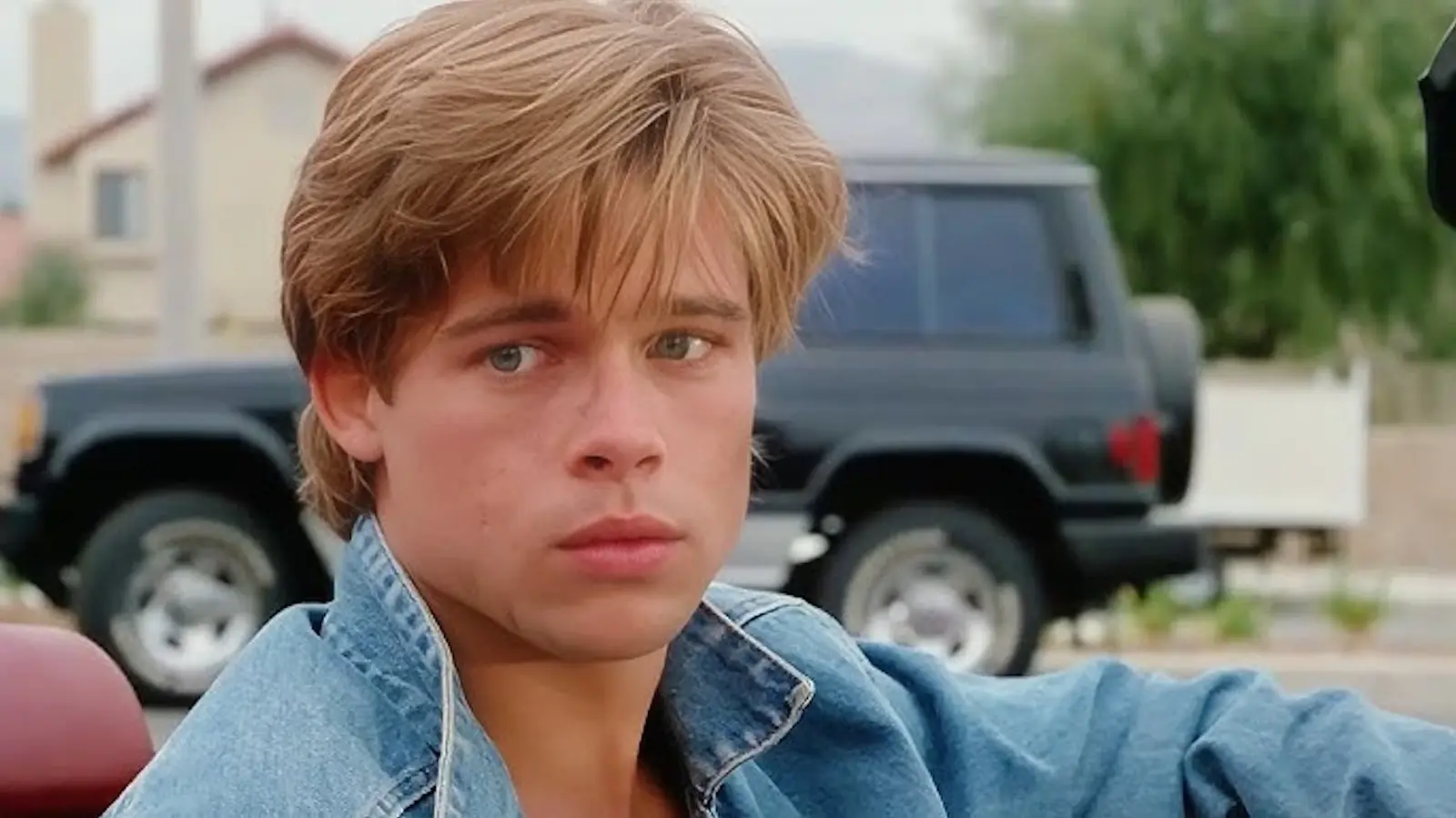In the mid-1990s, the cinematic landscape was abuzz with the mounting successes of Will Smith, who had begun carving a niche for himself as a leading action star. With hits like “Bad Boys” and “Independence Day,” Smith had solidified his place in Hollywood as a box office powerhouse. However, an intriguing chapter in the history of his film career whispers of a scenario in which he nearly shared the spotlight with a legendary icon: Clint Eastwood.
The film in question was “Men in Black,” a sci-fi comedy that would become one of the defining movies of the decade. Released in 1997, “Men in Black” paired Smith with Tommy Lee Jones in the roles of agents battling extraterrestrial threats to Earth. The chemistry between Smith’s Agent J and Jones’ seasoned Agent K was palpable and a significant contributor to the film’s overwhelming success, both critically and commercially.
However, the casting narrative of “Men in Black” could have taken a vastly different turn. As the script circulated in the Hollywood sphere, there was a point when Clint Eastwood was considered for the role that eventually went to Tommy Lee Jones. Imagining Eastwood in the shoes of the sardonic, no-nonsense Agent K offers a glimpse into an alternate cinematic reality—one where the gritty, steely resolve of Eastwood would have meshed with the fresh, comedic vibrancy of Smith.
At the time, Clint Eastwood was already a well-established figure in the industry, celebrated for his roles in Spaghetti Westerns and critically acclaimed work both in front of and behind the camera. Bringing a gravitas shaped by decades of experience, Eastwood’s presence alongside Smith could have lent a different, possibly edgier tone to “Men in Black.”
Discussions involving Eastwood, however, didn’t go beyond the negotiation stages, as the filmmakers ultimately felt that Tommy Lee Jones was the perfect counterbalance to Smith’s energetic portrayal of Agent J. Jones brought his own brand of dry wit and understated intensity, shaping the dynamic of the central partnership in ways that captivated audiences and critics alike.
Tommy Lee Jones, with his sardonic deadpan delivery, complemented Smith’s effervescent portrayal seamlessly. Their partnership became a hallmark of the “Men in Black” franchise, beginning with the original film and carrying through its subsequent sequels. The film’s unique blend of humor, action, and special effects also set it apart, becoming a model for future collaborations in the genre.
The potential casting of Eastwood is not without precedent in terms of transformative actor pairings in Hollywood. Throughout film history, there have been numerous cases where initial casting choices were reconsidered, leading to legendary on-screen partnerships that might never have come to fruition otherwise. While Jones and Smith’s partnership is the definitive incarnation, one still marvels at what might have been had Eastwood taken up the iconic black suit and Ray-Ban shades.
Beyond the on-screen partnership, the success of “Men in Black” can also be attributed to its broader cultural significance. It tapped into the zeitgeist of the 1990s by blending familiar action tropes with fresh, science fiction-inspired narratives. Smith’s performance was pivotal, bringing his appeal and trademark charisma to the forefront, characteristics that helped define his emerging superstardom.
Will Smith’s transformation into a sci-fi action legend was underpinned by films like “Men in Black,” which showcased his versatility and ability to anchor a film that was both commercially lucrative and critically acclaimed. Alongside maintaining a steady course of action-packed roles, Smith’s knack for combining humor with action resonated with both older and younger audiences, cementing his status as a multi-faceted actor.
The dialogue about Clint Eastwood almost joining Will Smith in “Men in Black” invites fans to ponder the role of serendipity in film casting processes. Casting decisions are nuanced, made in contexts where different visions of a project compete and coalesce. The idea of Eastwood playing Agent K underscores these dynamics, highlighting choices that shape the tenor of iconic films—choices that determine the feel, chemistry, and enduring appeal of a movie.
In retrospect, the decision to cast Tommy Lee Jones was critical in “Men in Black’s” journey to becoming a cultural touchstone. The balanced interplay between Jones’ subtle authority and Smith’s lively exuberance contributed significantly to the film’s universal appeal. The prospect of Eastwood in that role nevertheless remains a fascinating ‘what if’ scenario in Hollywood lore, a reminder of the many paths films might take before arriving at their final form.
As debates over casting continue to captivate audiences, the story of Clint Eastwood potentially teaming up with Will Smith presents an intriguing reflection on the craftsmanship and unpredictability of filmmaking. While Eastwood’s potential involvement offers speculative interest, it also reaffirms the notion that every film carries untold stories, marked by the unchosen paths of casting choices that linger in the shadow of the silver screen.

